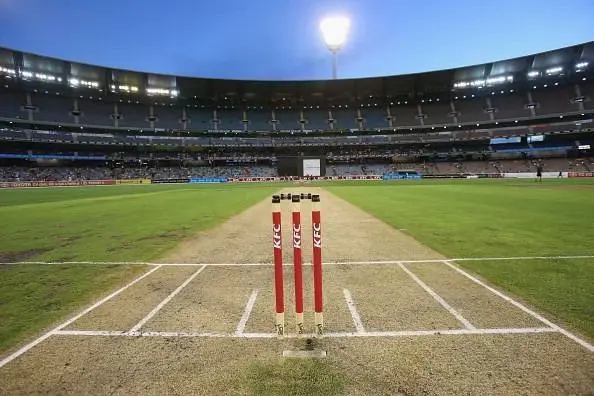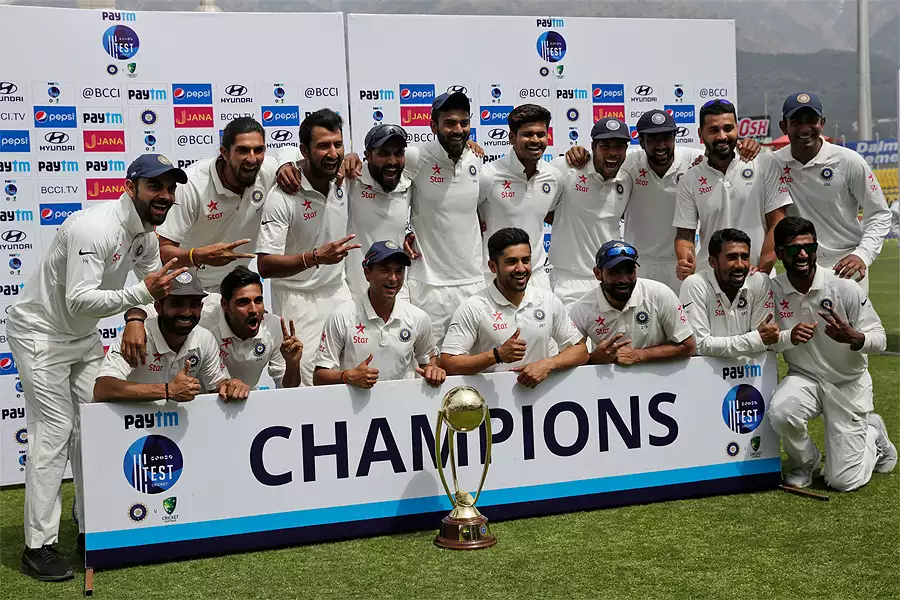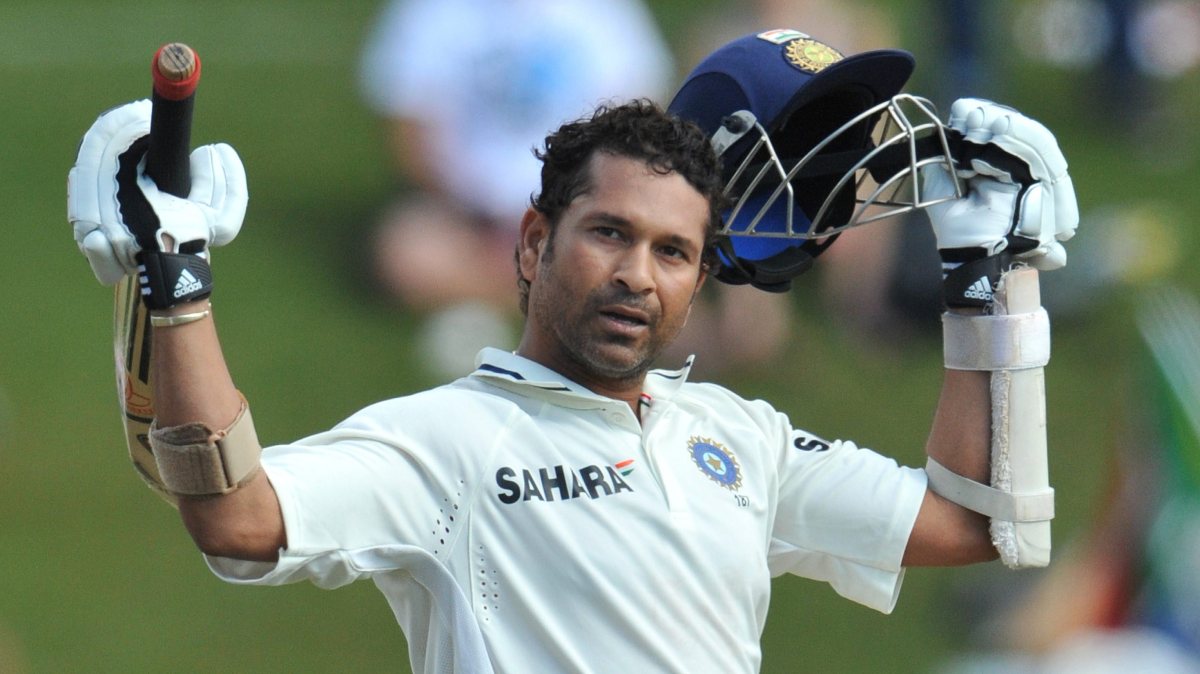Flat Pitch In Cricket
Introduction
The Impact of Flat Pitches in Cricket: A Comprehensive Analysis
Cricket, a sport steeped in tradition and history, has seen numerous changes over the years. Among the many variables that affect the game, the pitch stands out as a crucial factor influencing match outcomes. One type of pitch that has garnered significant attention and sparked considerable debate is the flat pitch. In this blog, we will delve into the nuances of flat pitches in cricket, exploring their characteristics, impact on the game, and the controversies surrounding them.
Understanding Flat Pitches In Cricket

A cricket pitch is deemed “flat” when it offers minimal assistance to bowlers. These pitches are typically characterized by even grass coverage, consistent hardness, and lack of significant cracks or indentations. As a result, they provide predictable bounce and pace, making it easier for batsmen to score runs. Flat pitches often remain true throughout the match, with little variation in behavior from day one to day five in Test matches.
Characteristics of Flat Pitches In Cricket
1. Consistent Bounce: The bounce on a flat pitch is usually uniform, which means that batsmen can play their shots with confidence, knowing how the ball will behave after pitching.
2. Even Grass Coverage: These pitches have a consistent layer of grass that prevents excessive wear and tear, contributing to the stability of the pitch over multiple days.
3. Hard Surface: The hardness of a flat pitch allows the ball to come onto the bat nicely, aiding batsmen in playing strokes with precision and timing.
4. Minimal Seam Movement: Flat pitches offer little to no lateral movement for seam bowlers, reducing the chances of edges and making it challenging for bowlers to trouble well-set batsmen.
The Impact Of Flat Pitches In Cricket
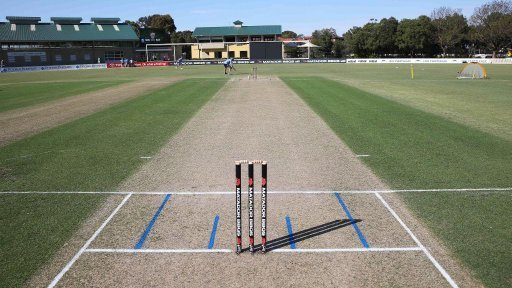
Test Cricket
In Test cricket, flat pitches can lead to marathon innings and high-scoring matches. While this might be a delight for batsmen and spectators who enjoy seeing big scores, it can also diminish the contest between bat and ball, which is a quintessential aspect of the longest format. Matches on flat pitches often result in draws, as bowlers struggle to take 20 wickets within the allocated time.
For example, the 2019 Test series between Pakistan and Sri Lanka in Rawalpindi saw a flat pitch that led to high scores and a drawn match. Such outcomes can be frustrating for fans and players alike, as they detract from the excitement and unpredictability that Test cricket is known for.
One-Day Internationals (ODIs)
Flat pitches in ODIs often result in high-scoring games, which can be both thrilling and taxing. Batsmen can exploit the conditions to post massive totals, pushing the limits of what is considered a competitive score. For bowlers, especially pacers, these conditions can be unforgiving, leading to inflated economies and diminishing their effectiveness.
One notable example is the 2019 ICC Cricket World Cup, where several matches were played on flat pitches, resulting in scores of over 300 becoming a regular occurrence. While this led to some exhilarating chases and nail-biting finishes, it also raised concerns about the balance between bat and ball.
Twenty20 Internationals (T20Is)
In T20 cricket, flat pitches are almost a prerequisite for the format’s entertainment value. High-scoring games, with a flurry of boundaries and sixes, are what make T20 matches appealing to a broader audience. However, this often comes at the cost of reducing the role of bowlers to mere run-containers rather than wicket-takers.
The Indian Premier League (IPL) frequently features matches on flat pitches, resulting in breathtakingly high scores and thrilling chases. While this format thrives on such conditions, it also risks marginalizing the skill and craft of bowling, which is equally integral to the sport.
The Pros and Cons of Flat Pitches In Cricket
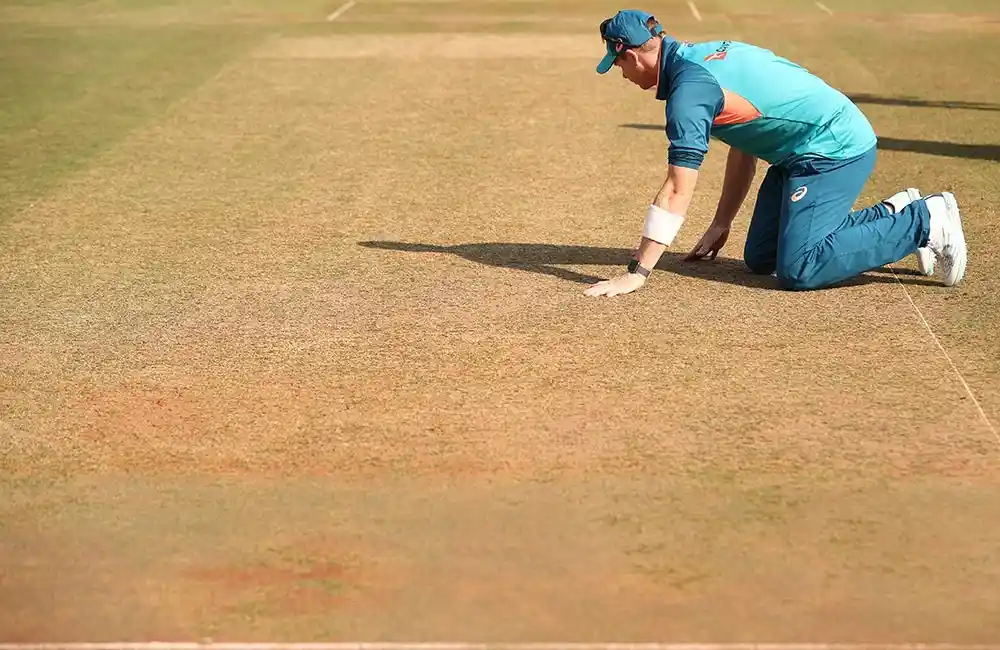
Advantages
1. Batsmen’s Delight: Flat pitches provide an excellent platform for batsmen to showcase their skills, leading to big scores and memorable innings.
2. High-Scoring Matches: These pitches often result in high-scoring games, which can be highly entertaining for spectators and can attract larger audiences.
3. Batting Practice: For teams, flat pitches offer valuable batting practice, helping players gain confidence and form.
Disadvantages
1. Bowlers’ Nightmare: Flat pitches can be demoralizing for bowlers, who find it challenging to extract any assistance and struggle to take wickets.
2. Reduced Competition: The lack of balance between bat and ball can diminish the competitive nature of the game, leading to predictable and one-sided matches.
3. Impact on Results: In Test cricket, flat pitches often lead to draws, which can be unsatisfying for fans and can affect the overall excitement of a series.
The Debate Around Flat Pitches In Cricket
The use of flat pitches has sparked considerable debate within the cricketing community. On one hand, proponents argue that high-scoring matches are good for the sport’s commercial appeal and can attract new fans. On the other hand, critics contend that the essence of cricket lies in the contest between bat and ball, and flat pitches skew this balance, undermining the sport’s integrity.
Former players and experts often weigh in on this debate. For instance, former Indian cricketer Sunil Gavaskar has criticized the over-reliance on flat pitches, arguing that it dilutes the challenge for batsmen and reduces the skill required to succeed at the highest level. Conversely, former Australian batsman Matthew Hayden has highlighted the entertainment value of high-scoring matches, suggesting that they are crucial for the sport’s growth and popularity.
The Role of Groundsmen and Cricket Boards
Groundsmen and cricket boards play a pivotal role in pitch preparation. Balancing the needs of different formats and ensuring fair competition requires careful planning and execution. In recent years, there has been a push towards creating more balanced pitches that offer something for both batsmen and bowlers.
- Innovations such as drop-in pitches, which can be prepared in advance and installed in stadiums as needed, have provided some flexibility. However, these too must be managed carefully to maintain the integrity of the game.
- Flat pitches in cricket present a complex and multifaceted issue. While they undoubtedly contribute to high-scoring and entertaining matches, they also pose significant challenges, particularly in maintaining the balance between bat and ball.
- As cricket continues to evolve, finding the right equilibrium in pitch preparation will be crucial for preserving the sport’s rich heritage and ensuring its future growth.
Ultimately, the debate over flat pitches underscores the broader challenge of balancing tradition with modernity in cricket. By fostering pitches that offer a fair contest and cater to the diverse demands of different formats, the cricketing community can ensure that the sport remains both captivating and true to its competitive roots.
Historical Examples of Flat Pitches In Cricket

Several matches in cricket history are renowned for being played on flat pitches. These matches are often remembered for the monumental scores and the batting feats achieved on them.
Example 1: India vs. Sri Lanka, 1997, R. Premadasa Stadium, Colombo
One of the most famous examples of a flat pitch is the Test match between India and Sri Lanka in 1997 at the R. Premadasa Stadium in Colombo. This match saw Sri Lanka posting a world record team score of 952/6 declared. Sanath Jayasuriya scored 340, while Roshan Mahanama added 225. The match ended in a draw with India scoring 537 in their first innings. The flat nature of the pitch offered little assistance to the bowlers, resulting in a run-fest.
Example 2: Australia vs. South Africa, 2012, Adelaide Oval
The second Test of South Africa’s tour of Australia in 2012 at the Adelaide Oval is another classic example. The match witnessed three centuries and three double centuries. Faf du Plessis scored an unbeaten 110 in the second innings, helping South Africa salvage a draw. The pitch provided minimal help to the bowlers, allowing batsmen from both teams to pile on the runs.
Example 3: Pakistan vs. Sri Lanka, 2009, National Stadium, Karachi
The first Test between Pakistan and Sri Lanka in 2009 at Karachi is notable for its flat pitch. Pakistan posted 765/6 declared in response to Sri Lanka’s 644/7 declared. Mahela Jayawardene and Thilan Samaraweera both scored double centuries for Sri Lanka, while Younis Khan scored a triple century for Pakistan. The match ended in a draw, underscoring how the flat pitch influenced the outcome.
Case Studies of Remarkable Performances on Flat Pitches In Cricket

Despite the challenges, there have been instances where bowlers have excelled on flat pitches, demonstrating skill and perseverance.
Anil Kumble’s 10/74 vs. Pakistan, 1999, Feroz Shah Kotla, Delhi
In one of the most remarkable feats in cricket history, Anil Kumble took all 10 wickets in an innings against Pakistan in 1999 on a relatively flat pitch at the Feroz Shah Kotla in Delhi. Kumble’s performance was a masterclass in accuracy, persistence, and exploiting the little assistance the pitch offered.
James Anderson and Stuart Broad’s Partnership, Trent Bridge, 2015
During the 2015 Ashes series at Trent Bridge, James Anderson and Stuart Broad utilized swing and seam movement to devastating effect on a flat pitch. Broad’s 8/15 in the first innings was instrumental in dismissing Australia for just 60 runs, highlighting that even on flatter surfaces, exceptional bowling can turn the tide.
FAQs
What is a flat pitch in cricket?
A flat pitch in cricket is a type of playing surface that offers minimal assistance to bowlers, characterized by even bounce and a lack of significant movement for seamers and spinners. It is generally hard, dry, and lacks grass, making it ideal for batting.
Why are flat pitches considered beneficial for batsmen?
Flat pitches benefit batsmen because they provide consistent and predictable bounce, allowing batsmen to play their shots with confidence. The lack of movement off the pitch means fewer surprises from the bowlers, leading to higher scores.
How do flat pitches impact bowlers?
Flat pitches pose a challenge for bowlers as they offer little to no assistance in terms of seam movement or spin. Fast bowlers struggle to generate pace and movement, while spinners find it difficult to get significant turn. Bowlers have to rely on variations, accuracy, and endurance to succeed on flat pitches.
Can flat pitches lead to drawn Test matches?
Yes, flat pitches can often lead to drawn Test matches. Since both teams can score heavily, it becomes difficult to dismiss sides twice within the five-day duration of a Test match, increasing the likelihood of a draw.
What are some famous matches played on flat pitches?
- India vs. Sri Lanka, 1997: Sri Lanka scored a record 952/6 declared in Colombo.
- Australia vs. South Africa, 2012: High-scoring match at Adelaide Oval with multiple centuries and double centuries.
- Pakistan vs. Sri Lanka, 2009: Both teams scored heavily with Pakistan’s 765/6 declared in response to Sri Lanka’s 644/7 declared.

